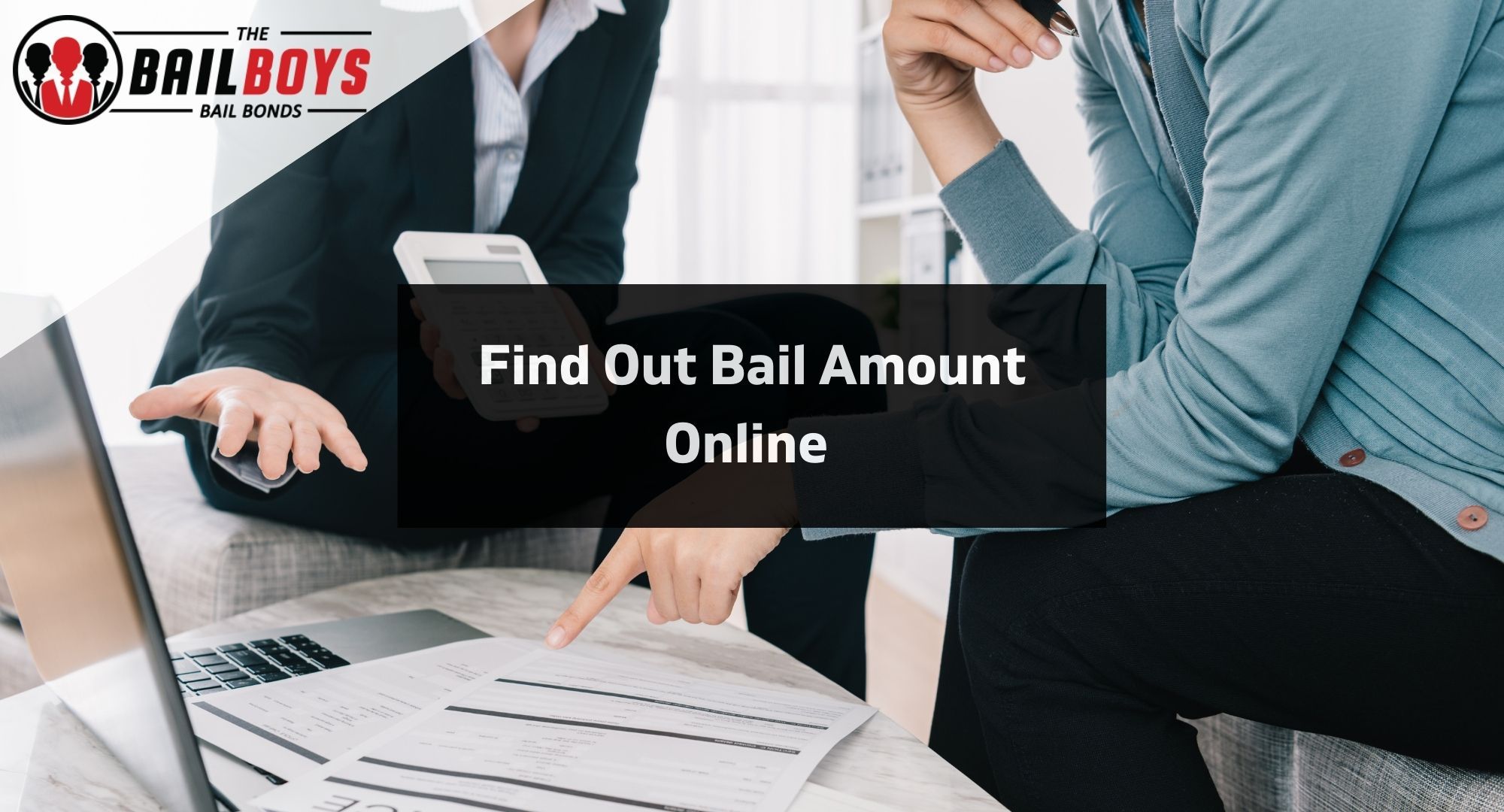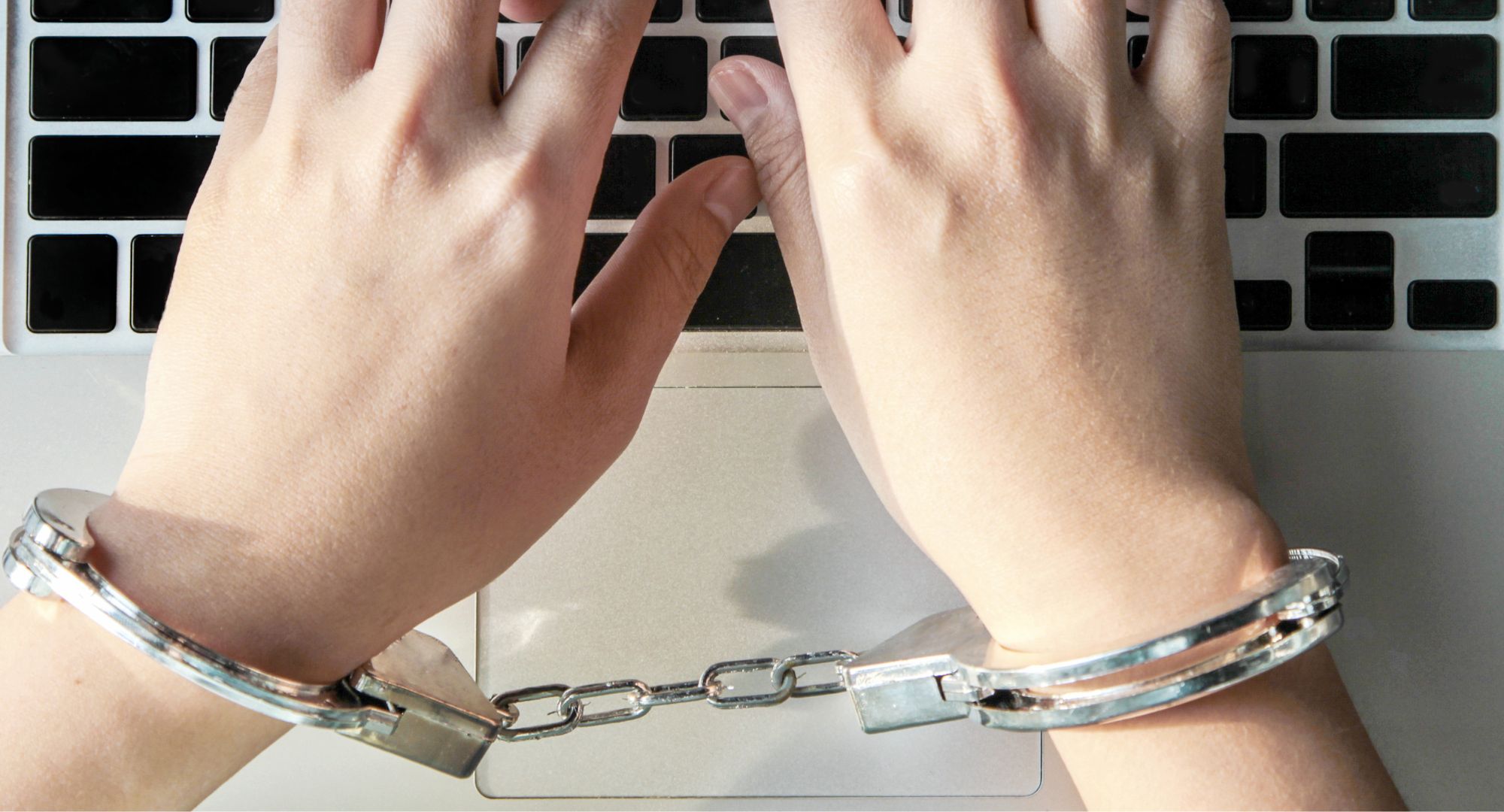
How to Find Out Someone’s Bail Amount Online
When someone you know gets arrested, one of the crucial steps in getting them out of custody is to determine their bail amount. However, the process of finding out this information can be overwhelming and stressful, especially if you are unfamiliar with legal procedures.
The good news is that several online resources are available to help you quickly and easily discover the bail amount. In this comprehensive guide, we will show you how to find out someone’s bail amount online, step-by-step, so that you can navigate the process with confidence.
Need help finding out someone’s bail amount right away. The Bail Boys can help. We’ve been serving the SoCal community for over 20 years and have helps thousands of people post bail online quickly, affordably and easy.
Call now: 800-798-7366
Read on to learn more about how to find out someone’s bail amount online.
What Is Bail?

Weeks and even months can go by between an arrest and the moment the case goes to trial. The court system needs to make sure that the defendant shows up for the trial and resists the temptation to flee.
The court system requires defendants to post a sum of money known as bail before their release from custody. The court system will keep this money until the trial is over and give it back once the court charges the defendant or clears their name. Bail is essentially an incentive not to flee while the defendant awaits trial.
Bail can take different forms. Cash bonds are common, but defendants can also post a surety bond with the help of a bondsman or even use property in some cases.
In some cases, the suspect might have to meet additional conditions as part of their bail agreement, such as not contacting their victim, or not possessing drugs, alcohol, or firearms.
5 Ways To Find Out Someone’s Bail Amount Online

There are several tools and resources available for finding out someone’s bail amount online in California.
These include:
1. Bail bond companies
Bail bond companies (including ours) often have tools on their websites that allow you to search for an inmate and view their bail amount. Some companies may also have a bail calculator that can help you estimate the cost of a bail amount online. Enter the defendant’s information in the form on this page!
2. County jail websites
Many county jails in California have websites that allow you to search for an inmate by name and view their booking information, including their bail amount. To find the website for a specific county jail, you can search online or contact the jail directly.
3. Inmate locator tools
There are several online tools that allow you to search for an inmate in a California jail by name or booking number. These tools typically provide information such as the inmate’s name, booking date, charges, and bail amount.
4. Court websites
The easiest step in determining someone’s bail amount online is to visit Courts in California that may have online case lookup tools that allow you to search for a case by name or case number and view information such as the charges, court dates, and bail amount.
Once you are on the court’s website, navigate to the section that specifically provides bail information or services. This section may be labeled as “Bail Bonds,” “Bail Information,” or something similar. The menu or sidebar of the website is a good place to start your search.
5. Private inmate search websites
There are also private websites that allow you to search for an inmate in a California jail and view their booking information, including their bail amount. These websites may charge a fee for their services.
It is important to keep in mind that the availability and accuracy of online information may vary especially online bail amount calculators, and it is always best to verify any information you find online with the appropriate authorities. If you are unable to find the bail amount for someone online, you can also try contacting the jail or court directly for more information.
In addition to these online resources, you can also find out someone’s bail amount by contacting a bail bond company or criminal defense attorney. These professionals can help you navigate the bail process and provide you with the information you need to post bail for someone in California.
What If You Can’t Find a Bail Amount Online?

If you can’t find an arrest record online, there are other options available:
- Contact the police department or sheriff’s office that arrested the defendant. You should be able to find a phone number on their official website. Ask for help with locating someone they arrested recently.
- A local bondsman can help you. These professionals are familiar with the court system and will be able to locate an inmate quickly.
- You can also reach out to a lawyer and have them contact the court to ask about the bail amount. Retaining a lawyer at this stage can be a smart move since they can sometimes negotiate a bail reduction.
After an arrest, a suspect will remain in custody and wait for their arraignment hearing. During this hearing, a judge will review the details of the arrest and decide on the bond amount. The judge will also set a date for the preliminary hearing before the trial.
If the defendant is still waiting to see a judge for their arraignment hearing, their bond amount will typically show as $0 in the online inmate lookup tool.
How Long Does It Take For A Bond Amount To Appear Online?

It depends on your local court system. Some court systems handle a significant caseload and can’t schedule arraignment hearings immediately.
The duration between an arrest and the appearance of a bail amount online can vary, contingent on your local court system. Generally, it becomes available within 48 to 72 hours of the arrest, with an additional four to eight hours after the arraignment hearing.
You’ll get more precise answers if you contact a local bondsman or lawyer since they’ll be familiar with the court system and have a good idea of how long it usually takes to schedule an arraignment hearing.
Which Factors Can Influence The Bail Amount?

- Nature of Offense: More severe crimes tend to result in higher bail amounts, whereas nonviolent offenses may yield lower bail amounts. Federal offenses typically incur higher bail.
- Defendant’s Background: A criminal history or prior failure to appear in court may lead to a higher bail amount. Conversely, strong community ties and employment may contribute to a lower bail amount.
However, the judge will probably set a lower amount for the bail if the defendant has a job and strong ties to the community.
Do Judges Always Set Bail?
There are situations where the judge might decide against setting bail. In these cases, the judge will set a Personal Recognizance or Own Recognizance bond and let the inmate go until their trial.
A judge will be more likely to opt for an O.R. bond if the suspect committed a nonviolent offense and has no criminal history. Having a job and being a member of the community can also help.
There are also cases where the judge will not set bail because it’s best that law enforcement keeps the defendant in custody until their trial.
State laws can vary, but some offenses like murder or armed burglary are non-bondable. However, securing legal representation can make a difference since inmates have rights regarding bonds.
Overall, its important to keep in mind that these factors may affect your bail amount!
How To Post Bail
Legally speaking, inmates can post bond themselves. However, they’ll need to have access to enough cash on hand to cover the full amount of their bond, which is unlikely.
In most cases, a friend or relative will have to post bail for them, often with the help of a bondsman. It’s possible to post bail without the help of a bondsman, but you’ll have to cover the full amount of the bond to the court, either with cash or assets.
Because bail amounts can be high, a more common way to post bail is to go through a bondsman. You’ll have to pay a fee for this service as well as non-refundable administrative fees to the court. This fee is usually between 10 and 15% of the bond amount, but it can vary from one jurisdiction to another.
The bondsman will provide a guarantee that they have enough funds to cover the full cash amount of the bail should the defendant flee by posting a surety bond to the court, so this takes away the guessing from having to figure our someone’s bail amount online.
A surety bond is essentially a legal contract that guarantees the court will get the full amount of the bail if the defendant flees. However, as long as the defendant attends their trial, the bondsman won’t need to transfer funds to the court system.
In most cases, bondsmen will take additional precautions and ask you to provide some kind of collateral before posting a surety bond. You can typically use cash, assets, or even a car title. If the inmate ends up fleeing, the bondsman will typically take steps to assist law enforcement, for instance by hiring bounty hunters to find the defendant.
Note that bondsmen aren’t always an option. If the court system deems that a defendant represents a flight risk, the judge might set a full cash bond.
What Happens After You Post Bail?
If you can pay a full cash bond to the court, the court system will keep the money until the end of the trial. If you go through a bondsman, you’ll pay a nonrefundable fee, and the bondsman will post their surety bond within a few hours of you contracting their services.
The court will then need to process the bond and issue an order to release the defendant. It usually takes four to eight hours to get someone out of jail after posting bail.
Final Thoughts
Knowing how to find out someone’s bail amount online will help you get started with getting a friend or relative out of jail.
In conclusion, understanding how to find out someone’s bail amount online is essential when assisting a friend or family member in need. Once you’ve determined the bail amount, consider engaging the services of a local bondsman or attorney, who can guide you through the process and provide options for securing the defendant’s release.
Trust in The Bail Boys – your dependable partners for over two decades, serving the Southern California community. We’ve efficiently aided thousands in promptly, affordably, and effortlessly posting bail online.
Contact us at: 800-798-7366.


